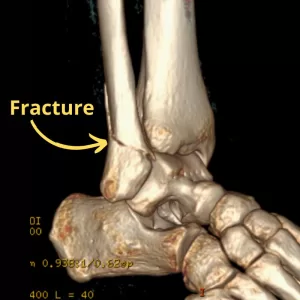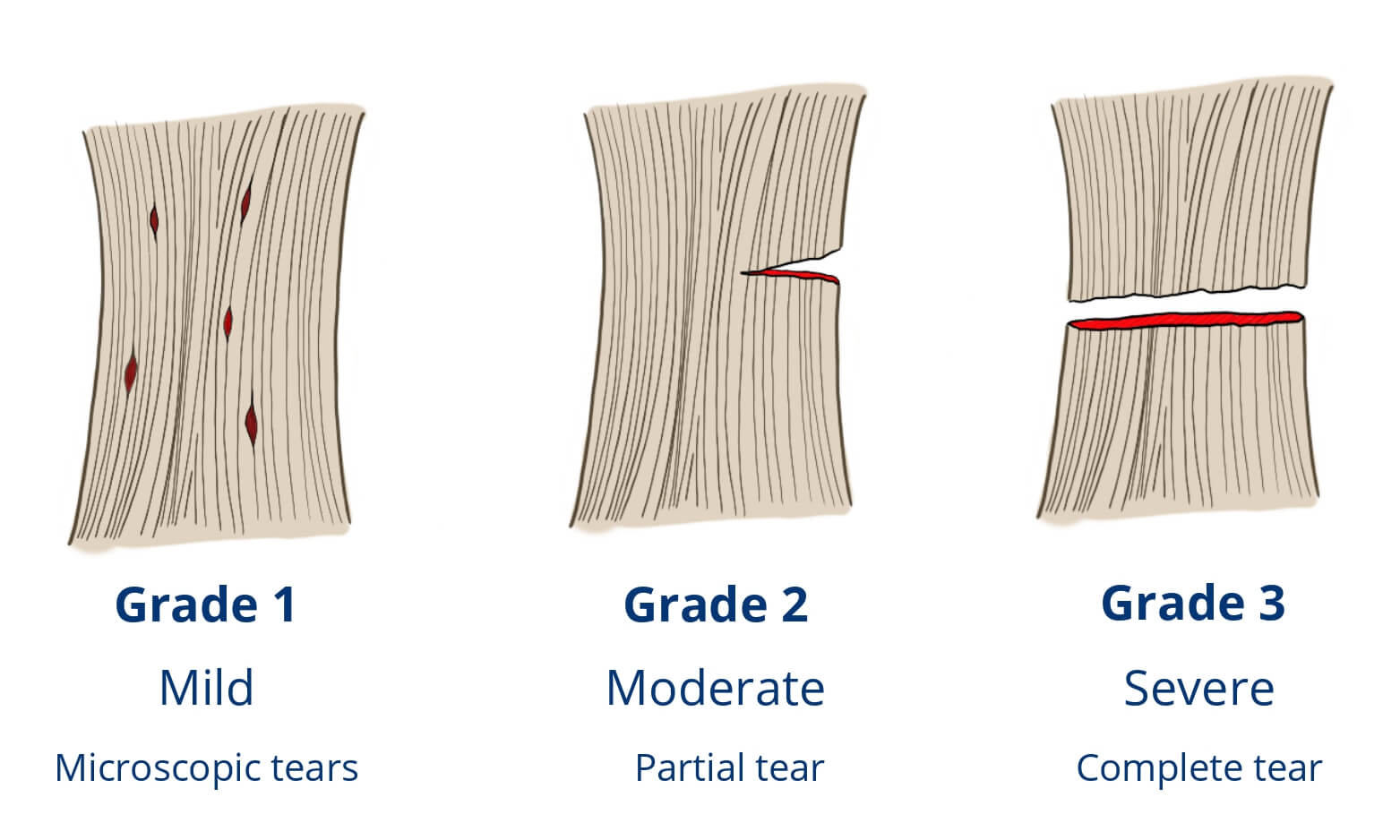You step off while walking down the stairs, or you land wrong after jumping. Your ankle bends, and you get a lot of pain and swelling in your ankle. You have just sprained your ankle.
Ankle sprains are very common, but we usually don’t do our best to heal them, which can lead to pain and instability in the future.
You may have an ankle sprain if:
- You twisted your ankle
- Now you have pain and tenderness, especially on the lateral side of your ankle
- It’s swollen and bruised
- You can’t put weight on that foot
- It hurts when you walk
The first thing you want to do is rule out any fractures. This is important because, if you do have a fracture, you will need a longer rest time and probably a cast, too.
The best way to rule out a fracture is to check with your doctor, who will order some X-rays.
Chances of a fracture are higher if:
- You have a lot of pain when you press on the different bones around your ankle.
- You can’t stand on your foot and walk for at least 4 steps.
The most common bones to break are the fibula and your 5th metatarsal.

The risks of not healing it right

When we don’t leave enough time to heal them, our injured ligaments may not heal properly, leading to chronic pain that persists for a long time.
Also, it paves the way for new injuries because the strained ligament won’t be able to hold the ankle in place. As a consequence, you’ll have instability and new sprains, turning into a vicious circle.
On the other side, if you keep your ankle immobilized for too long, the opposite will happen. Without the right rehab, you’ll get thick scar tissue, which will cause stiffness.
How To Treat Your Sprained Ankle
We usually recommend “RICE,” an acronym for:
- Rest: Your ligaments need rest to heal, especially in the initial stages of recovery. That doesn’t mean you shouldn’t move at all. Try to walk little by little instead of lying in bed all day.
- Ice: Apply ice to the affected area to help reduce swelling. Use an ice pack or wrap ice in a thin cloth and apply it to the ankle for about 15-20 minutes at a time, several times a day during the first 48 hours.
- Compression: Wrapping the ankle with a compression bandage can help control swelling. Make sure not to wrap it too tightly to avoid cutting off circulation.
- Elevation: Elevate your ankle above the level of your heart when possible, especially when resting. This can help minimize swelling.
Also, the following steps can help:
- Pain Relief: Over-the-counter pain relievers like ibuprofen or acetaminophen can help manage pain and reduce inflammation. Follow the recommended dosage and consult with a healthcare professional if you have any concerns.
- Protection: Consider using crutches or a brace to protect your ankle and prevent further injury. This can be especially important if you need to move around.
- Physical Therapy: As your ankle heals, gentle exercises and physical therapy can help restore strength, flexibility, and range of motion. Consult with a healthcare professional or physical therapist to develop a suitable exercise plan.
- Gradual Return to Activity: Once your ankle has healed sufficiently, gradually reintroduce weight-bearing activities. Avoid high-impact or strenuous activities until you’re confident in your ankle’s stability.
How long until your ankle heals
It will take around 2 weeks until you start to feel a little better. It’s important that you listen to your body, as not all sprains are the same.
Returning to activity should be gradual, but, as a rule of thumb, you must wait 8 weeks until you resume running or intense exercise.
Also, it’s a good idea to get some rehabilitation exercises to prevent long-term issues, especially in severe sprains. From now on, make sure you warm up and stretch before doing any sports; it will reduce the chances of a new sprain.
Leave a Reply